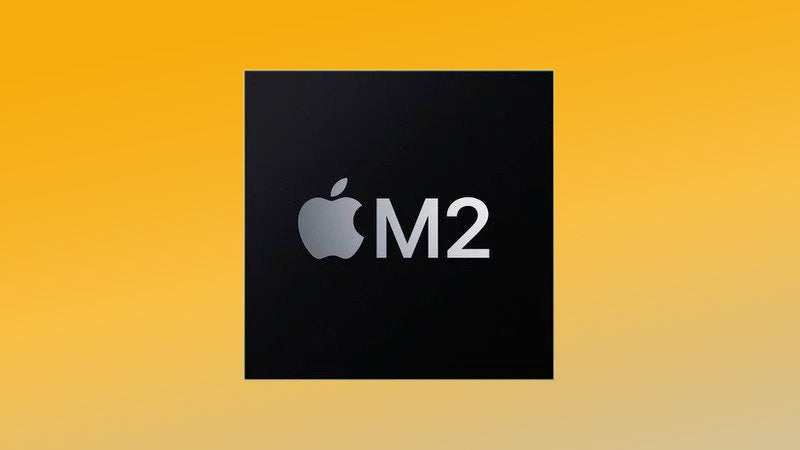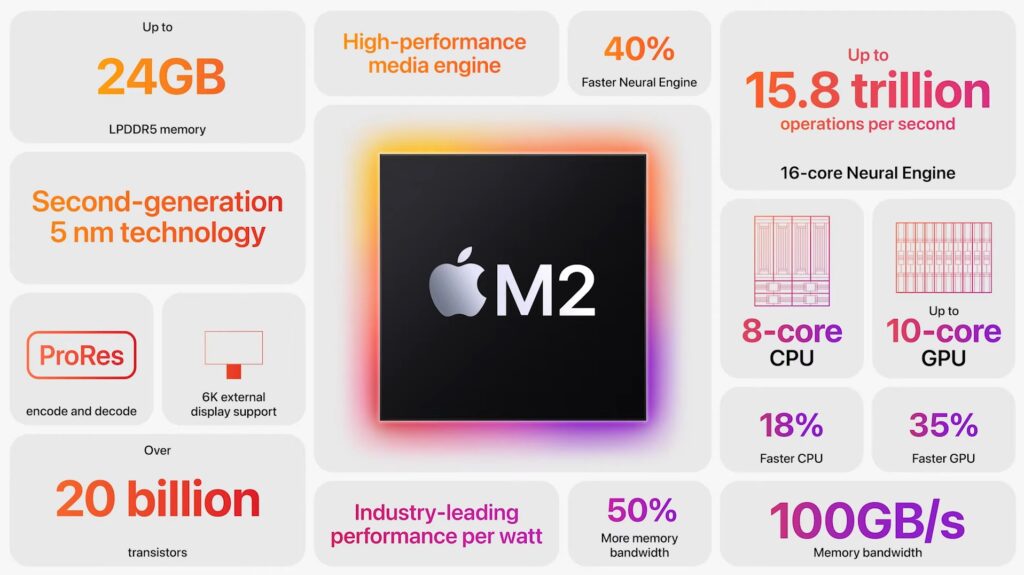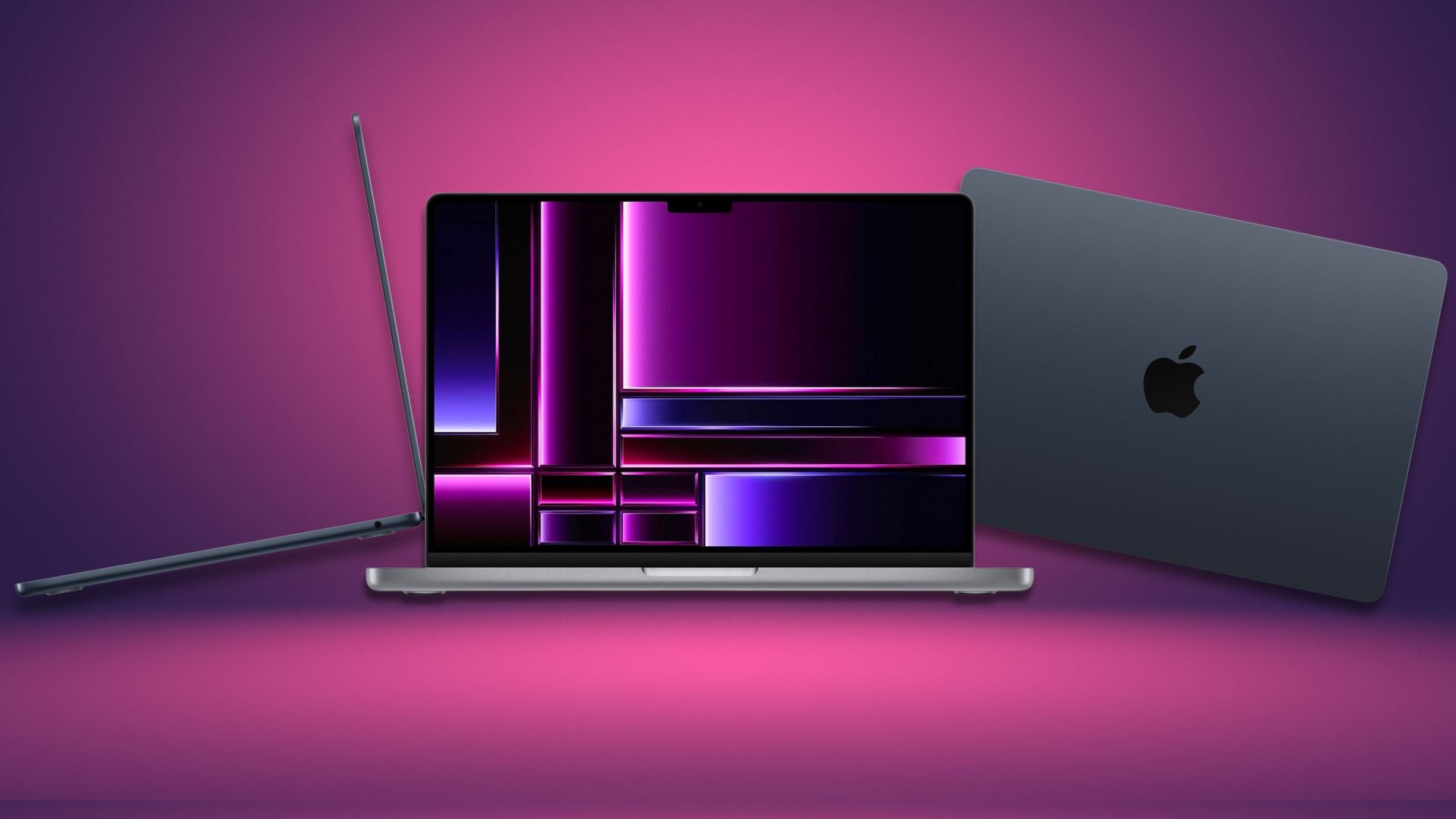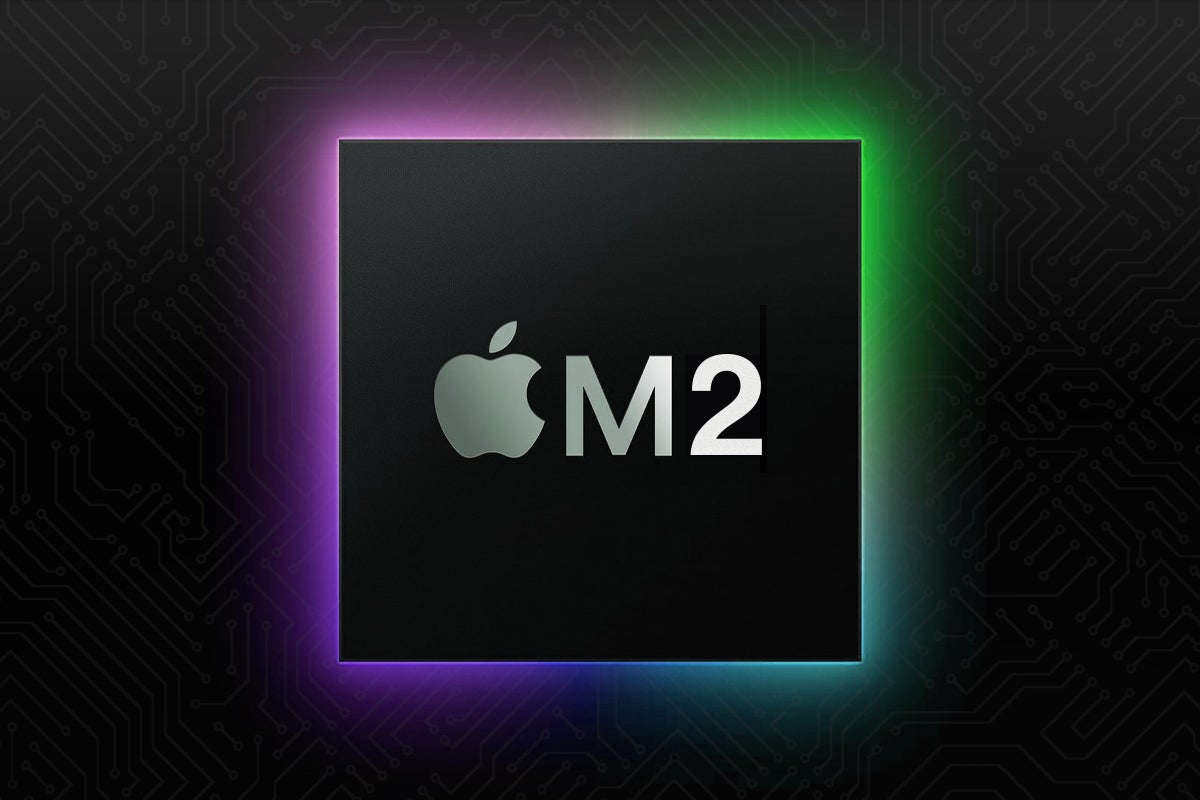Apple M1 Pro vs Apple M2: What’s the difference?

After months of anticipation, Apple unveiled its M2 chip at WWDC 2022. The Apple Silicon chip is the successor to the original M1, but how does it compare to the M1 Pro?
While the 13-inch MacBook Pro is now available with an M2 chip, the 14-inch MacBook Pro is restricted to an M1 Pro processor. But which is the better option?
Read on to discover how the Apple M2 compares to the Apple M1 Pro.
Release date
The M1 Pro is one of two second-gen Apple Silicon chips that launched in October 2021. The chip made its debut in the 14 and 16-inch MacBook Pro models for that year.
The M2, meanwhile, launched at WWDC in June 2022. It’ll be available in the MacBook Air 2022 and the 13-inch MacBook Pro from July.
Pricing
The pricing for each chip will always depend on which laptop they’re housed inside, but we can still check out the differences when purchasing a MacBook Pro.
The cheapest 13-inch MacBook Pro with an M2 chip is available for £1349.
For comparison, the cheapest 14-inch MacBook Pro with an M1 Pro processor is a far more expensive £1899. At that price, you only get a 14-core GPU too. If you want the full-fat 16-core GPU instead, you’ll have to pay an astronomical £2199. So there’s no doubt that the M2 is the more affordable chip in this versus.
Specs
The M1 Pro is built upon first-generation Apple Silicon architecture, using a 5nm process from TSMC and packing 33.7 billion transistors.
Meanwhile, the new M2 chip has been built upon the brand new second-generation Apple Silicon architecture. Apple is still using a similar 5nm process from TSMC, but the company has still managed to squeeze on an additional 4 billion transistors compared to the standard M1 chip.
| Apple M2 | Apple M1 Pro | |
| Process node | 5nm | 5nm |
| Transistors | 20 billion | 33.7 billion |
| CPU cores | 8 | 10 |
| GPU cores | 10 | 16 |
However, with just 20 billion transistors, the M2 falls short of hitting the same 33.7 billion transistor count as the M1 Pro. Since the greater number of transistors usually results in a greater performance, it looks like the M1 Pro is a more powerful processor.
This is further emphasised by the fact that the M2 features an 8-core CPU, while the M1 Pro flaunts up to a 10-core CPU. The gap between the two chips is even greater for graphics performance, with the M2 having a 10-core GPU and the M1 Pro packing a 16-core GPU.
Performance
It’s difficult to be sure what kind of performance the M2 chip is capable of without testing it first, but Apple has provided some of its own benchmark results.
Apple hasn’t directly compared the M2 performance to the M1 Pro just yet, but we can still work out the difference.
Apple previously claimed that the M1 Pro offers up to 70% faster processing speeds than the standard M1, while the M1 Pro GPU is said to be 2x faster than the M1 chip.

For comparison, Apple said the the M2 has seen an 18% CPU performance increase compared to the M1, while the GPU has seen a 35% graphics performance boost.
This shows that while the M2 is more powerful than the M1 chip, it’s still nowhere near as powerful as an M1 Pro. That shouldn’t come as a huge surprise considering the M2 is housed inside the more affordable 13-inch MacBook Pro, while the M1 Pro is available in the considerably more expensive 14-inch and 16-inch MacBook Pro laptops.
However, it looks like the M2 chip has a superior battery life, with Apple suggesting it can last up to 17 hours when browsing the web while housed inside the 13-inch MacBook Pro. The M1 Pro (inside the 14-inch MacBook Pro) can only last up to 11 hours doing the same task.
So to sum up, the M1 Pro is comfortably the more powerful chip, but the M2 is more affordable while also offering a longer battery life.





